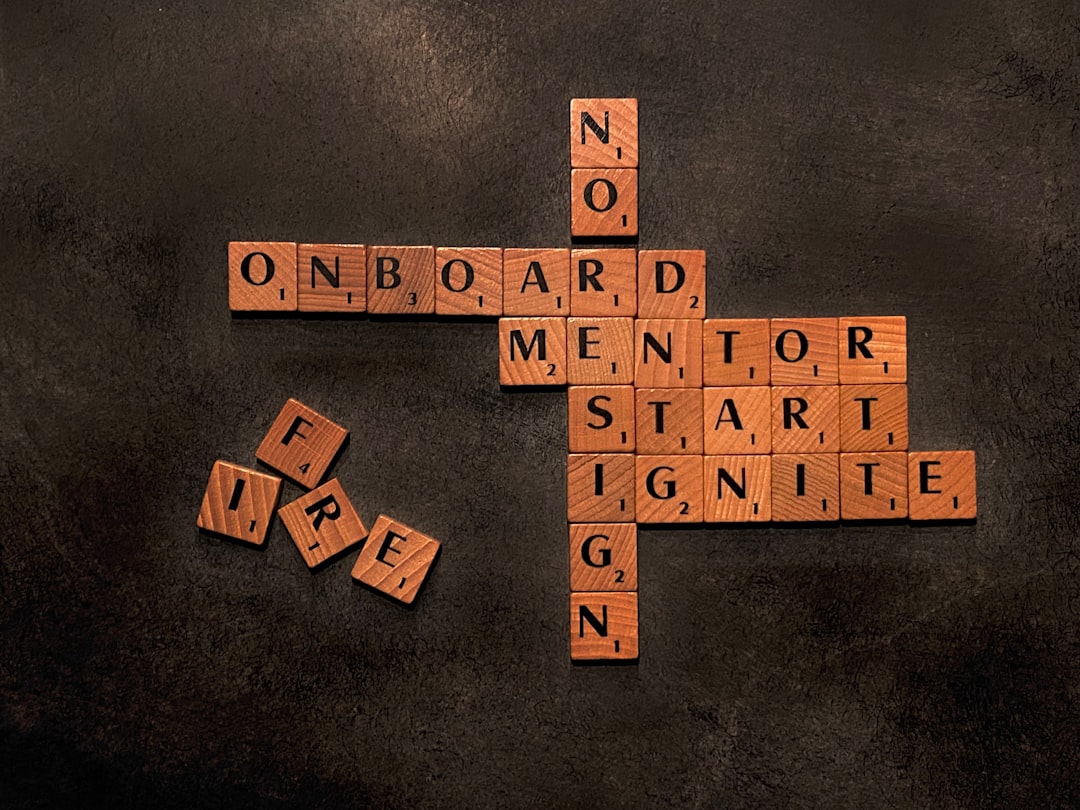How the Best Onboarding Programs Work
And Why They Are Critical

Onboarding is the best way to ensure that those you have spent so much time attracting and wooing decide to stay with you.
Organizations are devoting more time to the on-boarding process and employing more creative and exciting techniques to get their newly hired employees productive sooner and to lay a foundation that wil…


